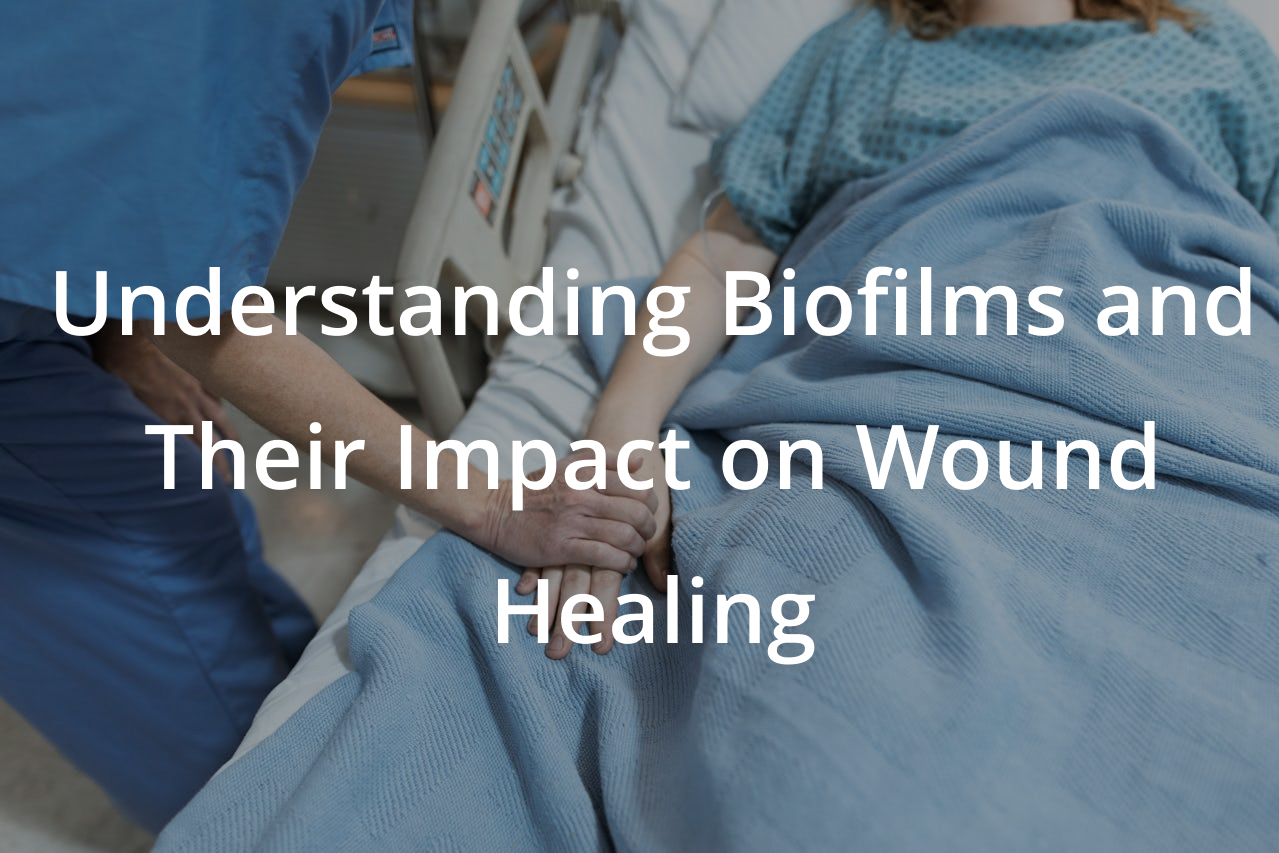
Flap surgery and skin grafting are vital procedures in reconstructive surgery, offering solutions for patients after trauma, burns, or surgical resections. These techniques are not only about repairing defects but also about restoring function and appearance, significantly impacting patients’ quality of life. This blog delves into the intricacies of these procedures, their healing processes, success rates, and potential complications.
Understanding Flap Surgery
Flap surgery involves moving a piece of tissue from one area of the body to another, retaining its blood supply. Flaps are primarily used when a surgical site requires not just skin, but also fat, muscle, or blood vessels. This technique is crucial when dealing with complex wounds that cannot be closed directly.
The Art of Skin Grafting
Skin grafting is a procedure where a piece of skin is transplanted from one area (donor site) to another (recipient site). There are two main types:
Split-Thickness Skin Graft (STSG): This involves taking the epidermis and a portion of the dermis from the donor site. It’s commonly used for covering large wound areas and is characterized by a relatively high success rate due to its thinner nature, which allows for easier integration.
Full-Thickness Skin Graft (FTSG): This involves taking the entire dermis along with the epidermis from the donor site. FTSGs are used for smaller, more visible areas as they provide better color match and texture. However, they require a well-vascularized wound bed to ensure successful grafting.
Healing and Recovery
The healing process for skin grafts and flaps is critical and multifaceted. It includes revascularization, inosculation, and integration with the wound bed. Proper wound care, monitoring for signs of infection, and ensuring adequate nutrition are essential for a successful outcome. The patient’s overall health, the size and location of the graft or flap, and the technique used are all factors that influence healing.
Success Rates and Outcomes
The success rate of skin grafting and flap procedures varies based on several factors, including the patient’s age, the reason for the surgery, and the site of the graft or flap. Generally, success rates are high, especially when the procedure is performed by experienced surgeons, and postoperative care is optimal. Successful grafts and flaps not only close wounds but also restore a degree of functionality and aesthetic appearance.
Potential Complications
While often successful, these procedures are not without risks. Complications can arise, including graft or flap failure, infection, scarring, and differences in skin color or texture at the recipient site. The risk of complications can be minimized through careful surgical technique, appropriate patient selection, and meticulous postoperative care.
Conclusion
Mastering flap and skin grafting techniques is crucial for surgeons looking to provide comprehensive care in reconstructive surgery. While these procedures come with challenges, the potential to dramatically improve patients’ lives makes them invaluable tools in the surgical repertoire. Understanding the nuances of each technique, the healing process, and the management of potential complications is key to ensuring the best outcomes for patients undergoing these complex reconstructive surgeries.
Contact us today for a consultation!




